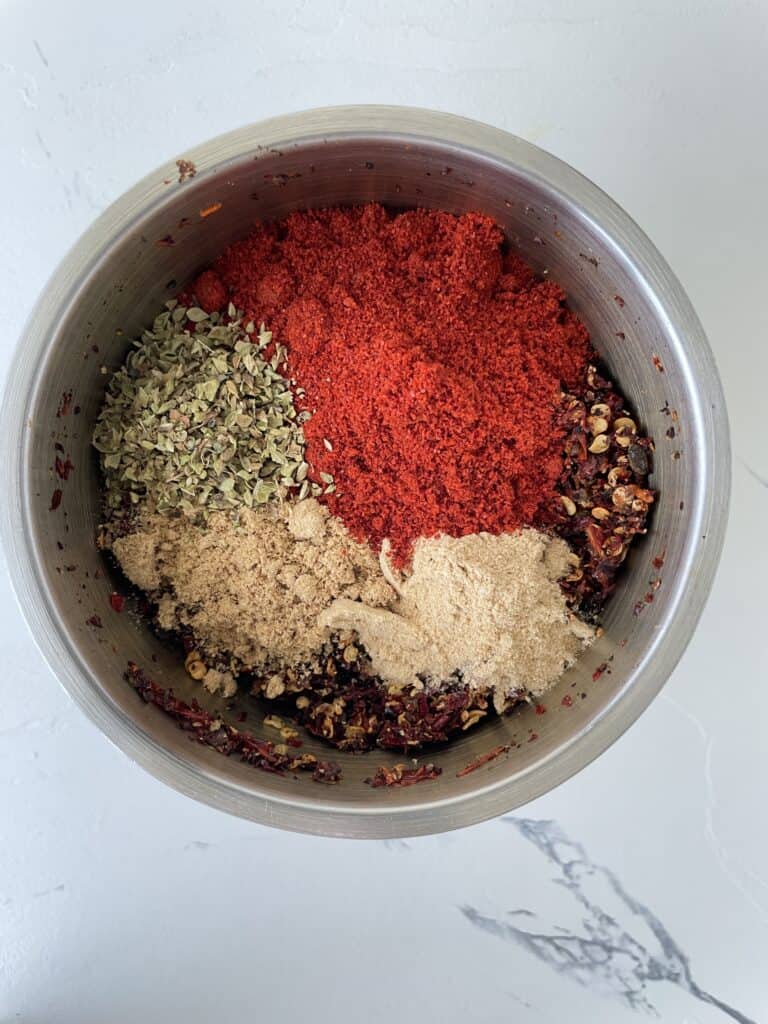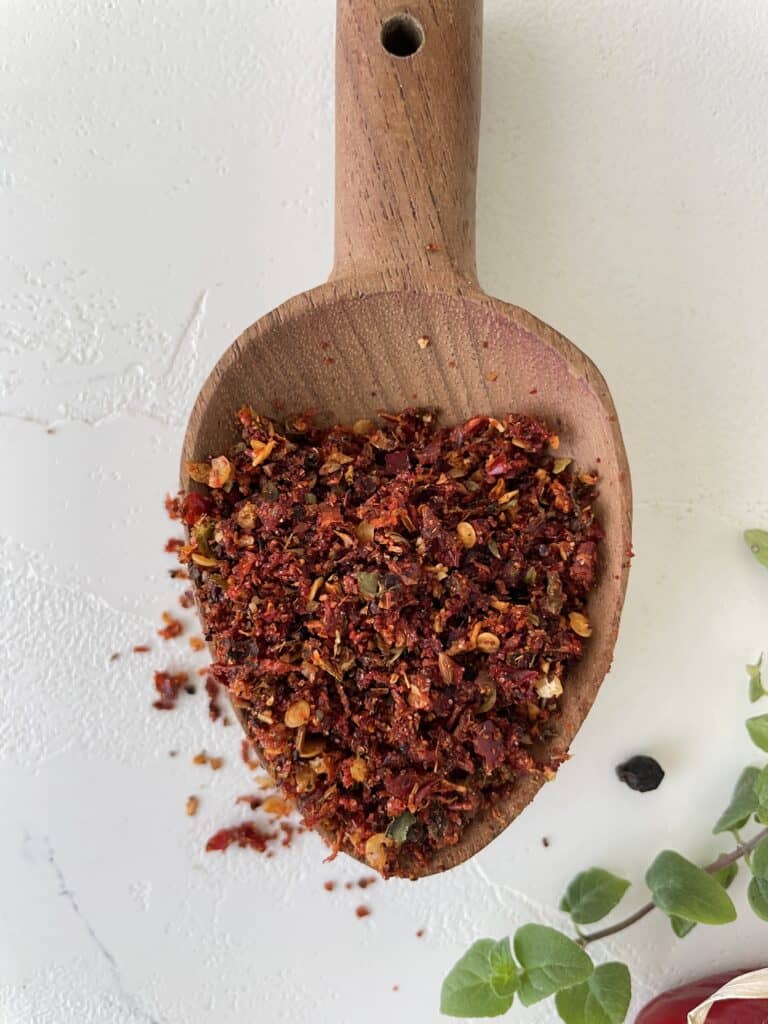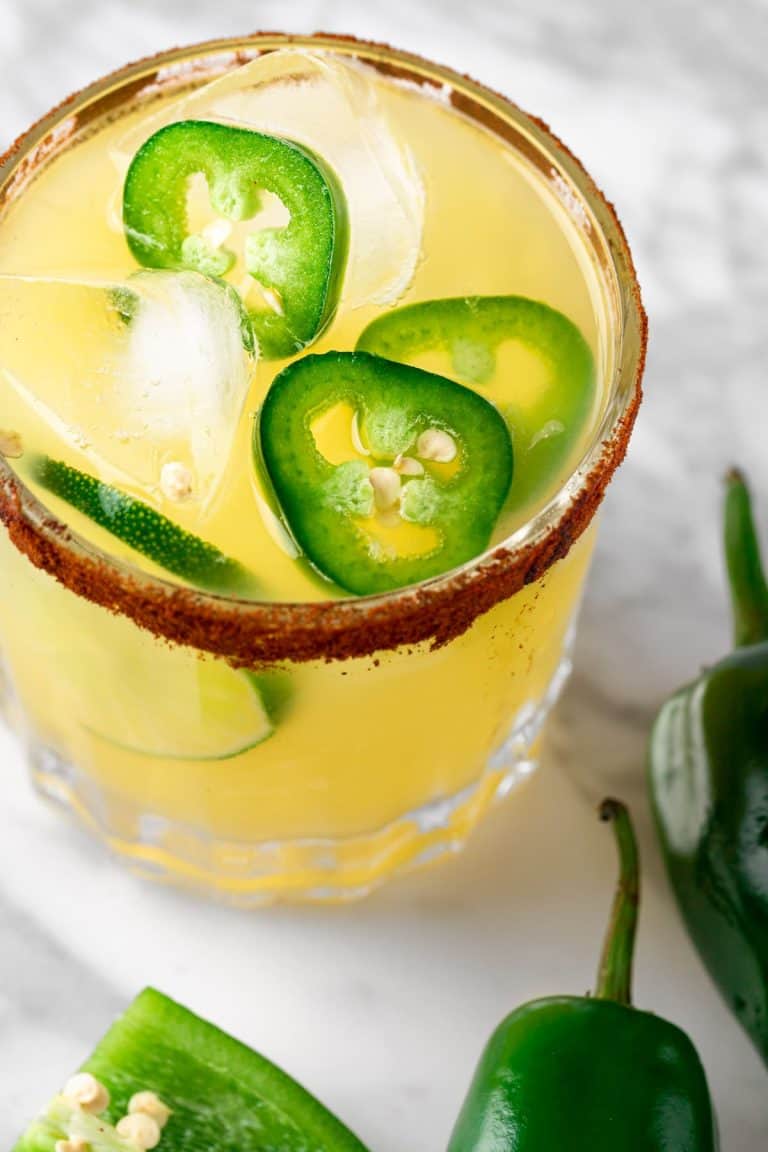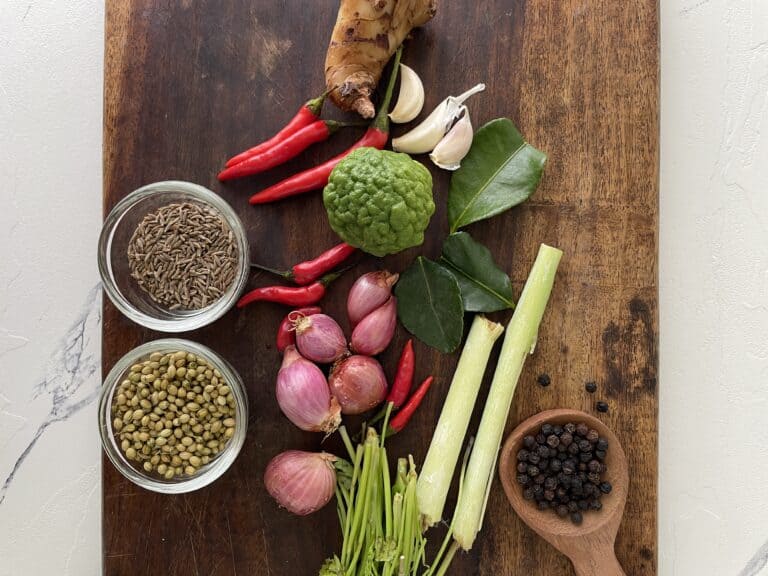Homemade chili seasoning recipe using garden fresh peppers
Making homemade chili seasoning allows you to take control of the flavors and ingredients in your chili, providing a customizable and healthier alternative to store-bought seasoning packets. This recipe focuses on using a combination of hot and sweet peppers, dried and mixed with various spices, to create a seasoning that can be tailored to your taste preferences.

Why Make Homemade Chili Seasoning?
I’m as guilty as anyone of buying chili seasoning packets when I feel unmotivated.
Store-bought chili seasoning packets are convenient, but they often contain preservatives, artificial flavors, and excessive sodium. By making your own chili seasoning, you can avoid these additives and create a blend that suits your dietary needs and flavor preferences. Homemade chili seasoning offers several advantages:
- Customization: You have full control over the ingredients and can adjust the spice level, flavor profile, and salt content according to your taste.
- Quality Control: You can use high-quality, fresh ingredients, ensuring that your chili seasoning is as flavorful as possible.
- Cost-Effective: Making your seasoning can be more economical in the long run, especially if you grow your own peppers or buy spices in bulk.
- Reduced Waste: By using your own blend, you can avoid the excess packaging that often comes with store-bought seasoning packets.

Homemade chili seasoning recipe
Ingredients
- 10-15 hot and sweet peppers e.g. jalapeño, bell, poblano, habanero
- 2 tsp salt
- 1 tsp black pepper
- 2 tsp onion powder
- 2 tsp garlic powder
- 2 tsp dried oregano
- 1 tbsp paprika powder
- 2 tbsp cumin powder
- 4 tbsp chili powder
Instructions
- Prepare the peppers by removing some of the seeds and pith, then slicing them into pieces no larger than 1".
- Lay the chili slices in a single layer on a baking tray.
- Dehydrate the pepper slices by placing the tray in the oven on the lowest heat setting for 7-8 hours. Keep the oven door slightly open during this time. Alternatively, you can use a dehydrator set at 125 degrees Fahrenheit for the same duration.
- Allow the dried peppers to cool completely.
- Combine the dried peppers with all the other dry ingredients in a spice grinder or food processor.
- Grind the mixture on high until it becomes a coarse powder.
Choosing the Right Peppers
The type of peppers you use in your chili seasoning will significantly impact the flavor and heat level of your dish. Peppers can be classified into sweet, mild, medium, and hot varieties, each contributing a unique flavor profile.

- Sweet Peppers: These peppers, such as bell peppers, are mild and add sweetness and depth to the seasoning without adding heat.
- Mild Peppers: Peppers like Anaheim or poblano are slightly spicy and offer a subtle heat that enhances the overall flavor without overwhelming the dish.
- Medium Peppers: Jalapeños and serranos fall into this category, providing a noticeable kick without being too intense.
- Hot Peppers: For those who enjoy a spicier chili, hot peppers like habaneros, cayenne, or ghost peppers can be used to add significant heat.
When making your chili seasoning, consider combining sweet and hot peppers to balance the flavors. For example, mixing bell peppers with jalapeños or combining habaneros with sweet red peppers can create a complex and satisfying seasoning. The choice of peppers is highly flexible, allowing you to experiment with different combinations until you find the perfect blend for your chili.
Drying and Preparing Peppers
To make chili seasoning, the peppers need to be dried before being ground into a powder. Drying removes moisture, concentrates the flavors, and extends the shelf life of the peppers. There are several methods to dry peppers:
- Air Drying: Hang the peppers in a well-ventilated area with good airflow. This method can take several weeks, depending on the humidity and size of the peppers.
- Oven Drying: Place the peppers on a baking sheet and dry them in the oven at the lowest temperature setting. This method is quicker than air drying but requires careful monitoring to prevent burning.
- Dehydrator: Using a dehydrator is the most efficient way to dry peppers. It allows for precise temperature control and consistent drying. Peppers typically take 24-48 hours to dry completely in a dehydrator.
Once the peppers are dried, they can be ground into a fine powder using a spice grinder or mortar and pestle. This powder forms the base of your chili seasoning and can be stored in an airtight container for future use.
Adjusting the Heat Level
One of the main benefits of making your chili seasoning is the ability to control the heat level. This can be done in several ways:
- Ratio of Sweet to Hot Peppers: Adjust the ratio of sweet to hot peppers in the blend to increase or decrease the spiciness. More hot peppers will result in a spicier seasoning, while more sweet peppers will create a milder blend.
- Choice of Chili Powder: Different chili powders have varying heat levels. For example, cayenne powder is quite hot, while paprika is milder. You can adjust the heat by choosing the right chili powder or combining multiple types.
- Adding or Omitting Ingredients: Spices like black pepper, cayenne, or red pepper flakes can be added to increase the heat. Conversely, you can omit these spices for a milder seasoning.
This flexibility allows you to create a seasoning that matches your personal preference, whether you prefer a mild chili or one with a fiery kick.
Thickening Your Chili
One issue you might encounter when switching from store-bought seasoning packets to homemade seasoning is the consistency of your chili. Many commercial packets contain thickening agents that help create a rich, hearty texture. If your chili turns out too thin, there are several ways to thicken it:
- Microwave Roux: A roux is a mixture of fat and flour used to thicken sauces and soups. You can quickly make a microwave roux by combining equal parts of flour and fat (such as olive oil or butter) and microwaving the mixture in short intervals. Once the roux is smooth, stir it into your chili until it reaches the desired thickness.
- Cornstarch Slurry: Mix a tablespoon of cornstarch with a small amount of cold water to create a slurry. Stir the slurry into the chili and bring it to a low boil until it thickens.
- Tomato Paste: Adding tomato paste is another way to thicken chili. It not only adds thickness but also enhances the flavor with a rich tomato base.
These methods allow you to achieve the perfect consistency for your chili, whether you prefer it thick and hearty or a bit lighter.
How Much Seasoning to Use
The amount of chili seasoning needed will depend on your taste preferences and the size of your recipe. A general guideline is to start with five tablespoons of seasoning for every pound of meat or vegetables. After adding the seasoning, taste the chili and adjust as needed. You can add more seasoning gradually until the flavor is to your liking.
This method allows you to control the intensity of the seasoning and ensures that your chili has a balanced and well-rounded flavor.
Storing Your Chili Seasoning
Proper storage is essential to maintain the freshness and potency of your homemade chili seasoning. Because this recipe uses partially dried fresh peppers, it’s best to store any leftover seasoning in a tightly sealed container in the refrigerator. The seasoning can be prepared a few days in advance and will last up to two weeks when refrigerated.
If you prefer a longer shelf life, you can fully dry the peppers and store the seasoning as a dry powder. To do this, use a dehydrator to dry the peppers until they are completely moisture-free. Once fully dried, grind the peppers into a powder and store them in an airtight container in a cool, dark place. This dry chili seasoning can be stored for several months and will be ready to use whenever you need it.
More photos of this recipe











